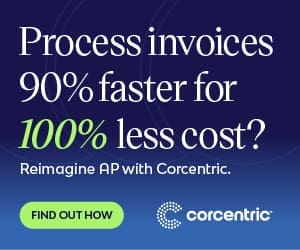Achieving Accounts Payable Automation For C-Suite Executives

Invoice Review Process
Organizations are constantly seeking ways to streamline and improve their operational performance. For accounting departments, efficiently doing so?while meeting finesse in accuracy?can be challenge. Automating the invoice review process is an area where organizations commonly seek improvement. This is key task in accounts payable and great opportunity to realize cost savings and enhance operational performance with the use of software.
An accounts payable automation software provides host of benefits that directly affect organizational performance. Most notably, it expedit is the invoice review process. In todays business arena, time is the most valuable commodity; systems that reduce time spent on manual tasks while ensuring accuracy are imperative. Moreover, software automates the communication with suppliers, allowing organizations to spend more time on tasks that improve profitability, such as strategic decision-making and supplier management.
Accounts payable automation enhances compliance since it provides robust security and control. Financial executives have the peace of mind knowing their data is safe and secure. The software is also compliance-driven; users can adhere to policies and attach supporting documents for accurate data to generate compliance records.
The use of such software facilitates consistent tracking and provides visibility into the procure-to-pay process. By leveraging high-end analytics, users can monitor key performance indicators, such as number of invoices received, pending invoices, and expenses in real-time. This further promotes optimal cost management across the organization.
Finance executives always look for ways to sustainably reduce costs and optimize their processes, without hindering performance. Accounts payable automation software is an ideal solution to achieve the desired performance, compliance and cost objectives in the long-term. This is golden opportunity for financial executives to realize cost savings while shrinking the time spent on manual data entry tasks and enhancing overall performance.

